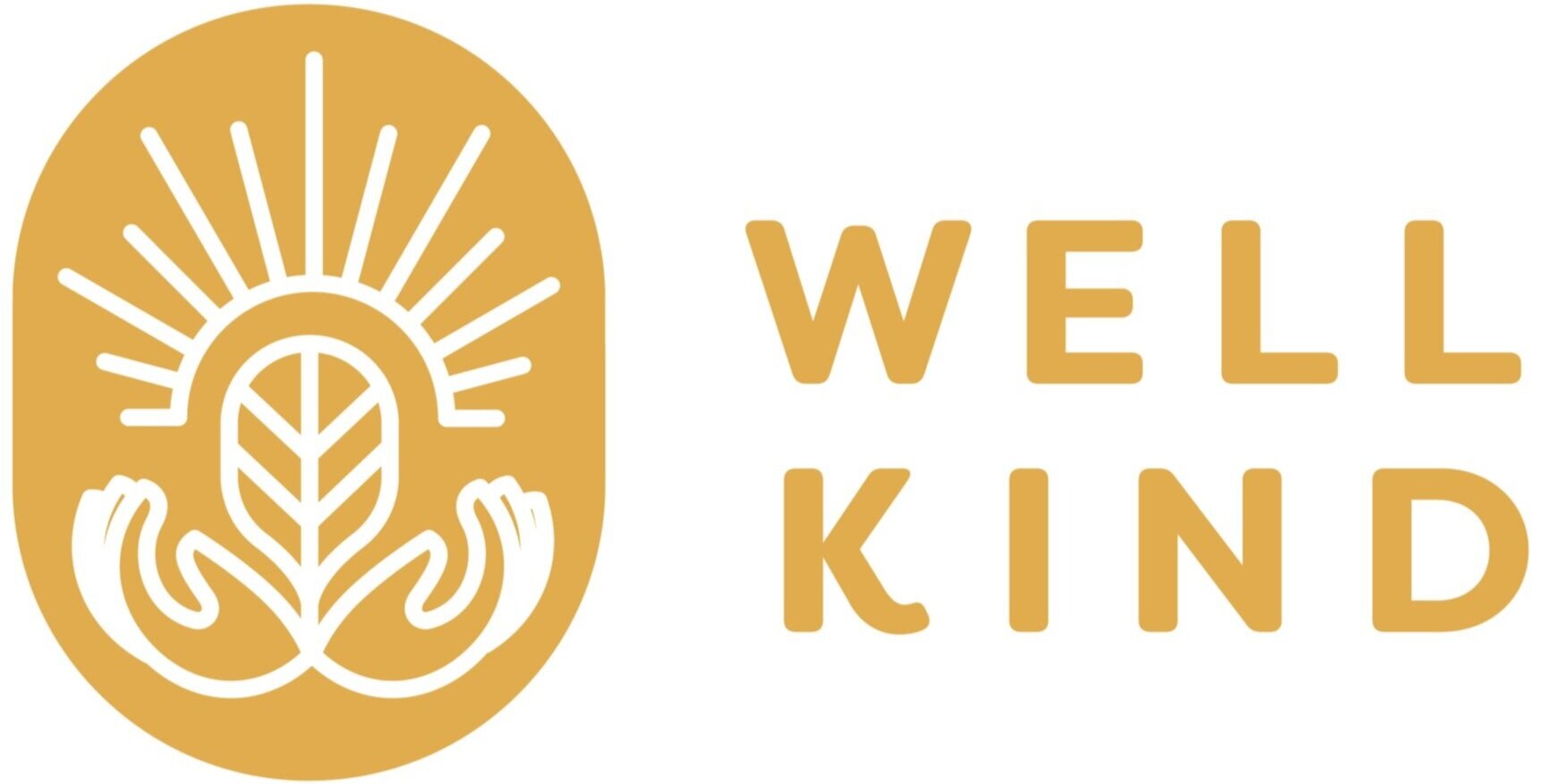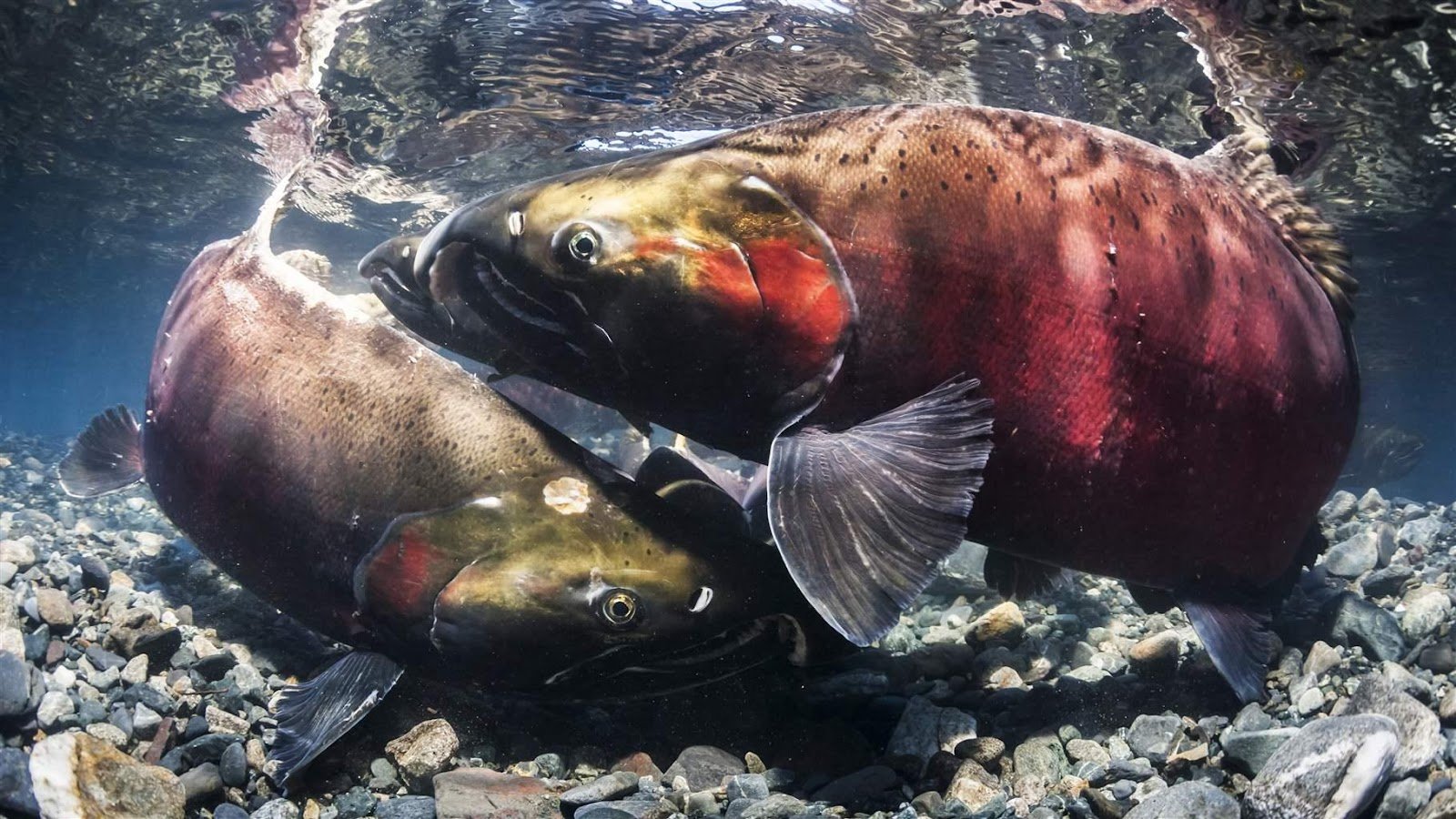SPAWN Restoration: Just How Important Are Salmon?
By Ashley Fliegel, WellKind Forestry Intern
Ashley Fliegel was an intern for WellKind Forestry during our spring 2022 session, exploring riparian habitat restoration and other environmental issues.
The Salmon Protection And Watershed Network (SPAWN) grants opportunities to members within and surrounding Marin County to participate in watershed restoration efforts. The Lagunitas Watershed is where the majority of these events are held, with the goals of restoring the environment and promoting the growth of animal populations in the area, specifically salmon.
There are a few different species of salmon that travel the waters of the Lagunitas watershed. SPAWN focuses on the coho salmon species. Currently, coho salmon are particularly threatened due to issues like “habitat loss, fishing, ocean conditions, and climate change,” shared SPAWN watershed biologist Ayano Hayes. While, thankfully, SPAWN has devoted a lot of time and effort to caring for the coho, a question might come to mind: if these issues affect many species in the area, why has SPAWN chosen to focus on the coho salmon?
The Importance of the Coho Salmon
Ayano shared that salmon are a keystone species, which means they are crucial to the well-being and operation of an ecosystem. Therefore, when their population is threatened, the whole ecosystem suffers. Fortunately, with SPAWN’s efforts to grow the population and cultivate a healthy ecosystem, the Lagunitas Watershed will benefit as a whole.
While salmon, specifically the coho salmon, are only 24-30 inches long, their role in an ecosystem has widespread benefits. Salmon are part of a food web, keeping the populations of crustaceans like krill in check, and providing nutrients for predator populations like gulls, sharks, and bears.
As well, the larger the population of salmon in an area, the more birds inhabit that area (Bugas, 2020). This is because salmon are an important food source for them. Having a large and diverse number of birds in an area is especially important because of the contribution to a biodiverse ecosystem. Birds themselves are indicator species, which means their populations’ health helps us assess the overall health of an ecosystem.
Ayano also mentioned that salmon are involved in the process of nutrient cycling. Salmon travel from their freshwater birthplaces in rivers and lakes to mature in the saltwater of the ocean and bays, and then return to the freshwater to reproduce. As a result, they share the nutrients between these two vastly different ecosystems with each other.
The National Parks Service (2015) reports that “Salmon nutrients have been found in every living organism investigated and up to seven miles from the stream of origin [where the salmon was born].” When other species consume the salmon, they are ingesting a boatload of good nutrients.
Salmon have such a strong influence on the ecosystem, and this is why SPAWN fights to preserve and restore their population and wellbeing. SPAWN currently dedicates its conservation efforts to the coho salmon because they are endangered, facing challenges like droughts and human-made dams. By working to strengthen and grow the coho population, SPAWN helps to improve the whole ecosystem around the salmon.
How is SPAWN Supporting the Coho Salmon?
SPAWN, with the help of volunteers, hosts conservation events within the Lagunitas Watershed where assigned roles include: planting, mulching, watering, and other important restoration tasks. All these activities help to create an ecosystem for the salmon to return to, and for the ecosystem to return to its original state—before the harmful influence of humans.
SPAWN’s efforts are concentrated within the Lagunitas Watershed because that is where the lives of the coho salmon begin, and restoring that area will in turn lead to a healthier output at Tomales Bay and bodies of water where the salmon travel. Ayano shared that this project has been developing for upwards of five years. She also exclaimed that she saw one of the first salmon swimming in the creek of their headquarters, about a year after all the restoration work that had been done. Victories like this remind us how important SPAWN’s work is.
SPAWN’s Use of Plant Knowledge
A very cool tidbit of SPAWN’s planting work is that they grow all the plants that they use in their own nursery. They have a beautiful nursery with thousands of native plants that contribute to the streambank stabilization at the creek and also work for a diverse ecosystem.
A stable streambank fights against soil erosion, and they have worked towards this by using weed cloth to secure the soil and by planting durable plants. The plants they use also help to filter the water in the creek so that salmon and other species have an easier time navigating their way through the water.
Also, Audrey Fusco, SPAWN’s nursery manager and restoration ecologist, studies each and every plant that goes into the creek to get the most ecosystem services she can. She notes that the milkweed plant, for example, helps to attract pollinators like butterflies and bees.
Every aspect of the Lagunitas Watershed has been studied and preserved, and SPAWN has worked from the soil up to build back the ecosystem. It all goes to show that knowing the benefits and nuances within an environment helps to work towards a cohesive, strong, and self-sustaining ecosystem.
HOw to help
In the end, salmon are extremely important to the day-to-day functions of an ecosystem. They have so many benefits, and that is why SPAWN has chosen to promote their population growth. A motto of SPAWN’s organization is “restoration, reforestation, regeneration.” Everyone can contribute to the work SPAWN has started. To get involved, check out this link to their restoration events sign-up page!
References:
Bugas, H. (2020, November 13). Salmon: A Keystone Species. Pacific Wild. Retrieved April 20, 2022, from https://pacificwild.org/salmon-a-keystone-species/
National Park Service. Salmon Nutrient Cycling - Teachers (US National Park Service). (2015, October 2). National Park Service. Retrieved April 20, 2022, from https://www.nps.gov/teachers/classrooms/salmon-nutrient-cycling.htm




